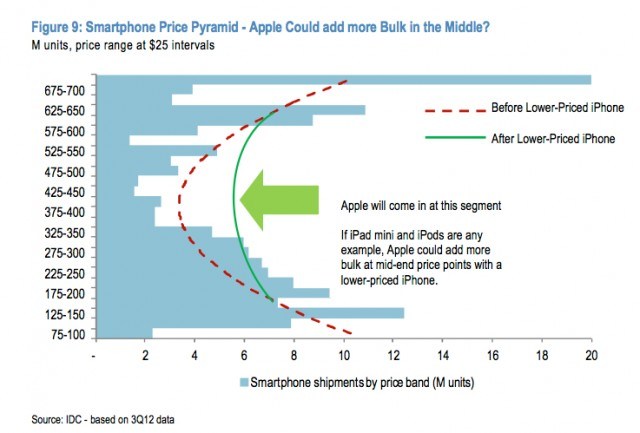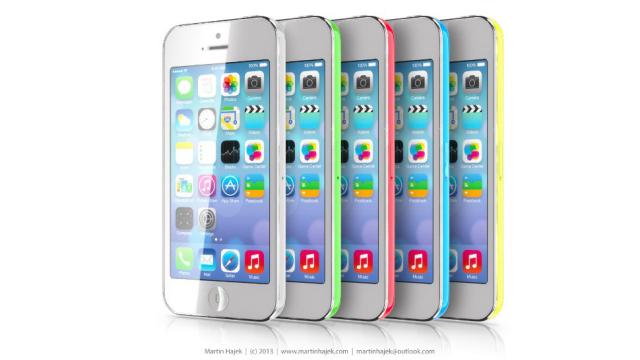The specter of a cheaper iPhone has haunted analyst and fanboy dreams for months. Years, in some cases. But making the healthy assumption that Apple does release a less expensive iPhone in the next few months, it’s worth taking a second to remember that “cheaper” doesn’t necessarily mean “cheap.” Especially when you’re talking about Apple.
While we’re loathe to lend credence to reports around here, Jeffries’ Peter Misek actually makes a pretty good point about what we can actually expect from a budget iPhone. Specifically, that it won’t be that budget after all. At least, not in the way that you might think. Misek speculates that an unsubsidized cheapo iPhone will actually start at between $US300 and $US400 unlocked, which isn’t exactly a giveaway. In fact, it’s still more expensive than most Chromebooks, and a far cry from the truly cheapo phones out there.
Disappointed? Don’t be! Chances are, you won’t even notice.
Assuming that the budget iPhone is basically just an iPhone 4 with multicolour dream coats — a safe assumption given Tim Cook’s knack for squeezing every last ounce of utility out of every last component — if it hits that $US300-$400 range, it still represents a relative bargain. Perhaps more important to note: It stands a very good chance of being free when you build in those delightful carrier subsidies.
Considering that we’ve reached a point where a healthy number of flagship Android phones weigh in at $US300 with a subsidy — even though a budget iPhone wouldn’t have anywhere near their spec prowess — a mid-tier price point would actually feel pretty reasonable.
It Makes Sense for Apple
If the presumed success of the iPad mini taught us anything, it’s that people are still willing to pay Apple more for arguably inferior hardware. There are a few reasons for that; the platform offers benefits that are hard to quantify, the iPhone is still aspirational (as is a Galaxy phone, settle down), there’s more to life than specs. But the bottom line is that Apple can successfully prioritise its, well, bottom line.
And there’s really not much competition at that price point. As this J.P. Morgan chart at AllThingsD highlights, it makes less sense for Apple to enter the crowded budget field than it does to create a new middle (smartphone) class:

Especially if it’s just using the same guts that used to go into an iPhone 4 (or even 4S), in a more colourful plastic package.
Here comes the caveat avalanche. All conversations around a cheaper version of the iPhone depend on the flawed premise that it actually exists. Or, more specifically — since iPhones of every size, shape, and stripe exist deep in Cupertino’s R&D labs — that Apple will release it any time soon. And guessing at pricing of a maybe-existent product is a fool’s game, especially since Apple will be responding to a market that changes by the month.
So take all this for what it is: Idle speculation about a maybe-product that imaginary customers might have to pay more than you’d assume.Still, beats getting your frugal hopes up and having them shattered against the pretty pink shell of a cheap iPhone that turns out to be anything but.
